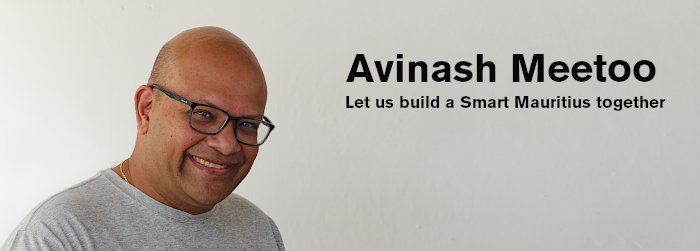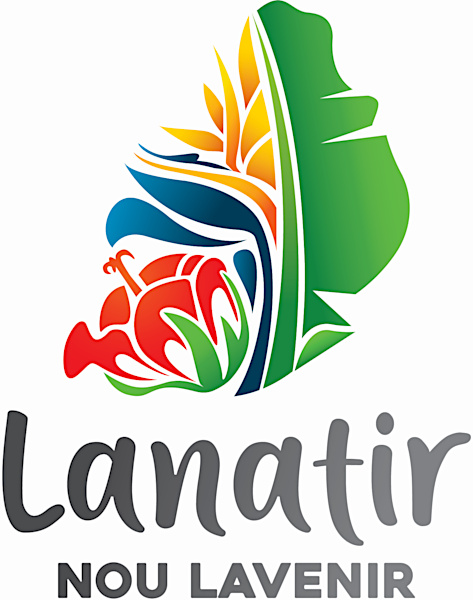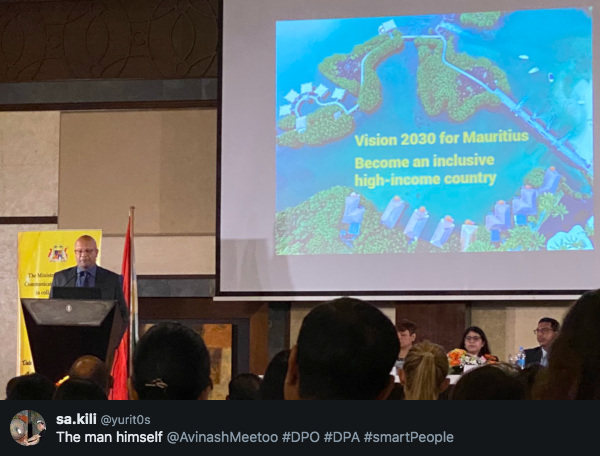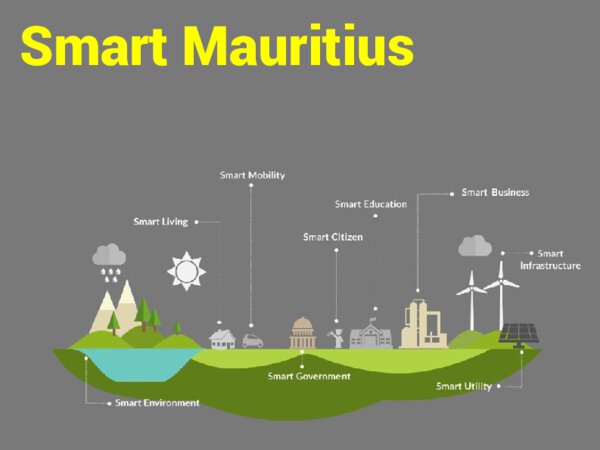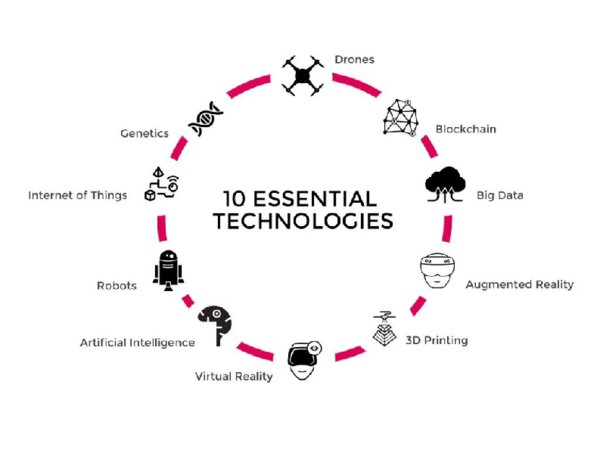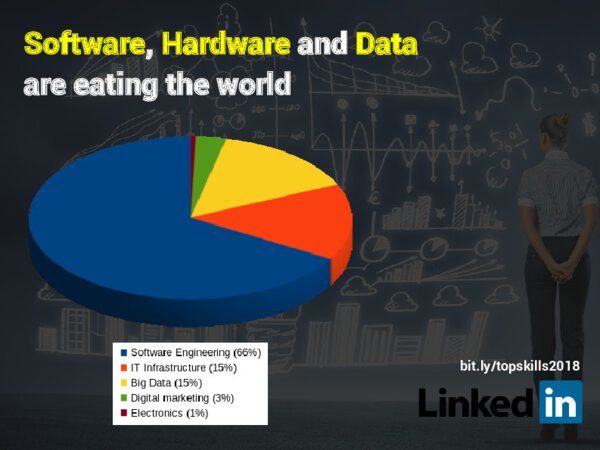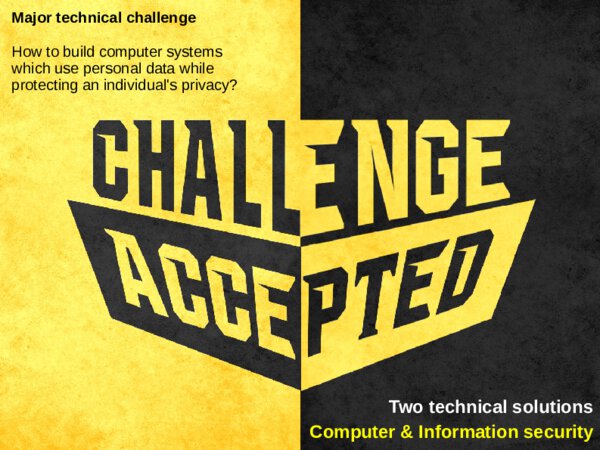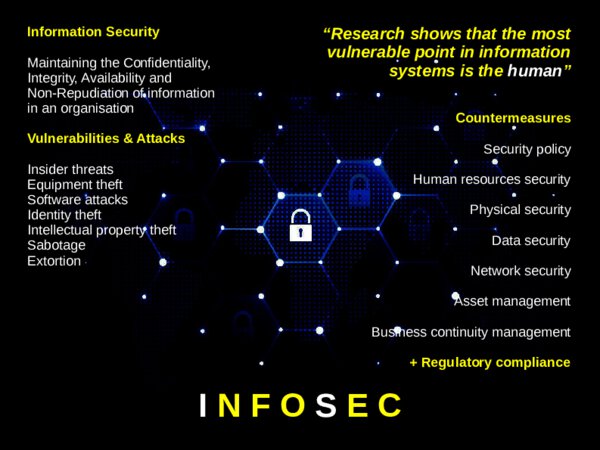
Now that the coronavirus has become reality in Mauritius and new cases of the COVID-19 disease are being found every day, it is time for us, geeks of Mauritius, to unite.
We, computer scientists, software engineers, makers, scientists, mathematicians, statisticians, etc. have an important role to play together with all the other professionals who are already working hard on finding solutions.
I am proposing that, should you have an idea or have developed a web app or a mobile app, that you believe could be useful in this difficult period to send me all the details, ideally in the form of a document (PDF or otherwise), of what you have done. My contact details are in my CV (most notably my email address which is )
I’ll then do my best to forward what you have sent me to the most appropriate people in Government.
For discussion among ourselves, may I propose the Mauritius channel on Reddit?
